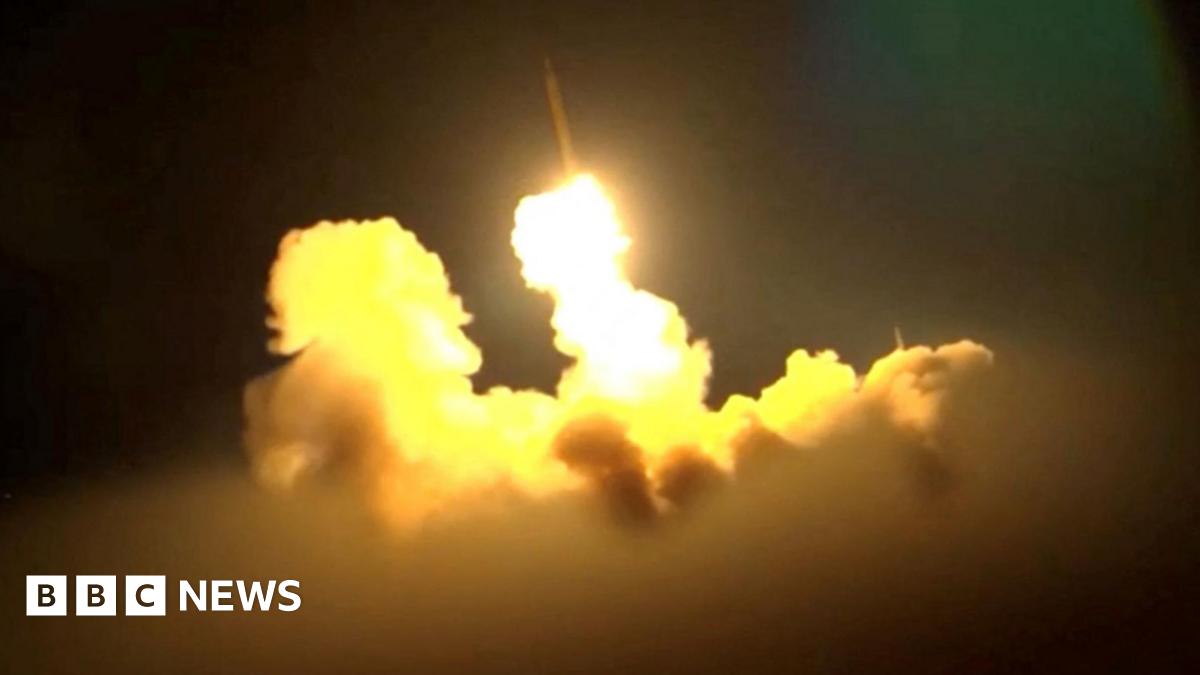Israel's Air Dominance: A Masterclass in Neutralizing Iranian Air Defenses

In the complex landscape of modern warfare, achieving air superiority isn't merely about possessing advanced fighter jets. It's fundamentally about neutralizing the enemy's ability to defend their airspace – specifically, surface-to-air missile (SAM) systems. Israel, renowned for its sophisticated military capabilities, has consistently demonstrated an exceptional proficiency in this crucial area, and recent strikes against Iran offer a compelling case study in how it's done.
The Critical Importance of SAM Suppression
SAM systems pose a significant threat to any air operation. These missiles, often deployed in layered configurations, can bring down even the most advanced aircraft. Before any offensive air campaign can proceed effectively, these defenses must be suppressed, degraded, or eliminated. This isn't a simple task; SAM sites are typically hardened, dispersed, and protected by other defensive measures, including radar systems and electronic warfare capabilities.
Israel's Approach: A Multi-Layered Strategy
Israel's success in neutralizing SAM systems isn't attributable to a single tactic. Instead, it’s a result of a sophisticated, multi-layered strategy that combines advanced technology, meticulous planning, and highly trained personnel. Key elements of this approach include:
- Intelligence Gathering: Thorough reconnaissance and intelligence gathering are paramount. Israel invests heavily in signals intelligence (SIGINT), human intelligence (HUMINT), and satellite imagery to identify SAM sites, their locations, and their operational characteristics.
- Electronic Warfare (EW): Jamming and spoofing enemy radars are crucial. Israel’s EW capabilities are considered among the best in the world, allowing them to disrupt SAM targeting and guidance systems.
- Precision Strikes: Once SAM sites are identified, precision strikes are launched to destroy or disable them. These strikes often employ advanced missiles and guided munitions, minimizing collateral damage and maximizing effectiveness.
- Layered Attacks: Israel frequently employs layered attacks, targeting multiple components of the SAM system simultaneously – radars, launchers, and command-and-control centers. This makes it more difficult for the enemy to recover and re-establish defenses.
- Deception and Diversion: Employing decoys and diversionary tactics can confuse the enemy and draw their defenses away from critical targets.
Lessons from Recent Strikes on Iran
Recent Israeli strikes targeting Iranian military sites, including those associated with its nuclear program, highlighted their ability to penetrate Iranian air defenses. While details are often classified, analysts believe these operations likely involved a combination of the aforementioned techniques. The ability to strike deep within Iran, a nation with a formidable military, underscores the effectiveness of Israel's SAM suppression strategy.
Implications for Future Conflicts
Israel's experience offers valuable lessons for other nations seeking to achieve air superiority. It demonstrates that simply possessing superior aircraft isn't enough; neutralizing the enemy's air defenses is a prerequisite for success in modern air warfare. The focus on intelligence, electronic warfare, and precision strikes represents a paradigm shift in how air campaigns are planned and executed.
The ongoing evolution of SAM technology presents a continuous challenge. However, Israel's dedication to innovation and its proven track record in neutralizing these threats position it as a leader in the field of air defense suppression, a crucial capability in the 21st-century battlefield.






